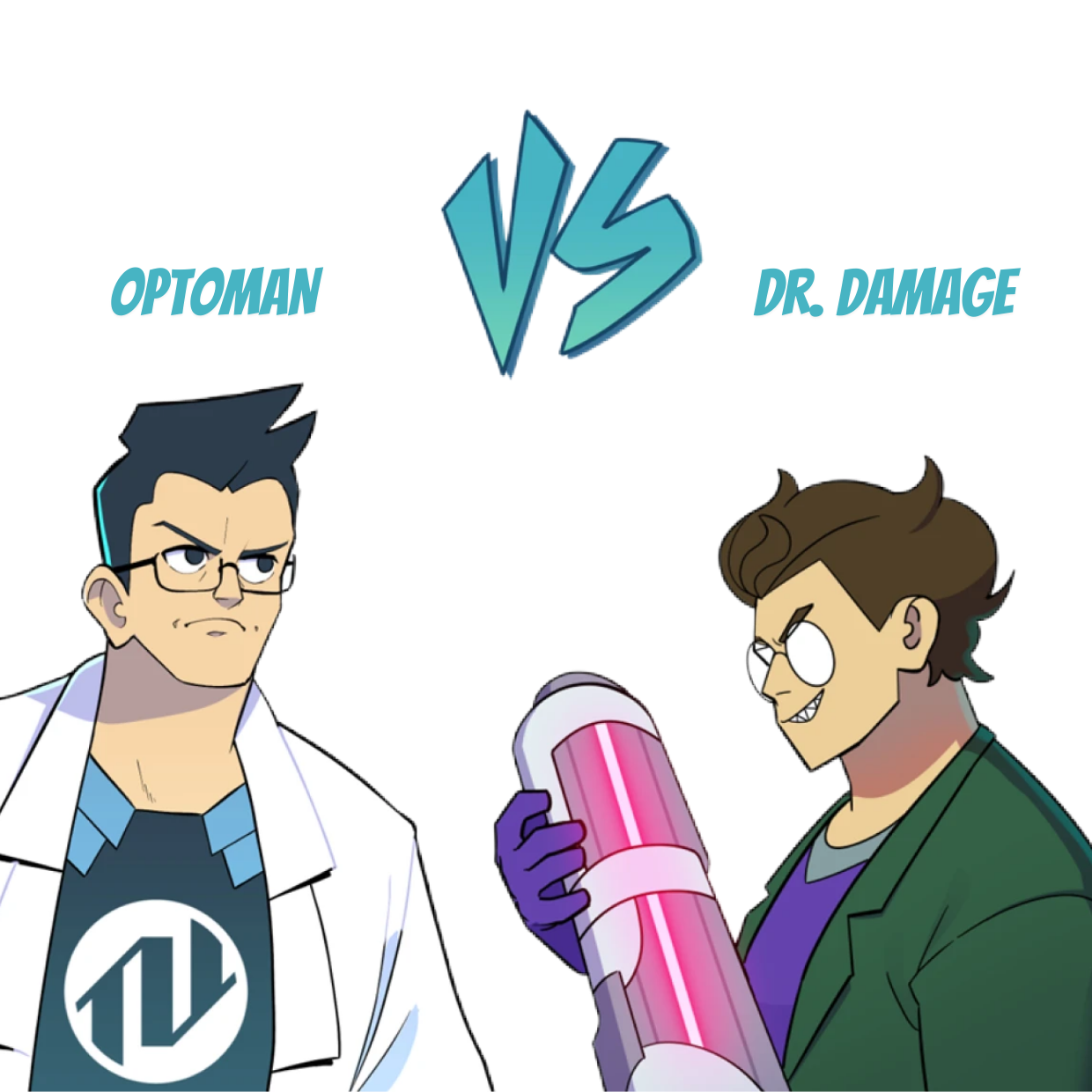LIDT Capabilities
High laser-induced damage threshold (LIDT) is a buzzword when talking about laser optics. Laser damage is a complex phenomenon and, while the result is the same – the optical component is ruined and not suitable for further use, there are different laser damage types and mechanisms.
OPTOMAN takes innovation very seriously and makes sure that optical components are able to resist the ongoing increase of laser power and decrease in pulse duration, thus high LIDT is OPTOMAN’s bread and butter.

LIDT measurements and reports

Differences between regimes
In the ultrafast regime, challenges include managing nonlinear effects, which can lead to damage in optical components due to high peak powers concentrated at ultra-short durations. While managing catastrophic damage is crucial for ultrafast laser optics, the color-change effect is also an arch-enemy and a LIDT-limiting factor, which has to be eliminated in order to increase the lifetime of optics and reduce the total cost of ownership. This regime is what OPTOMAN thrives on.
Secondly, the picosecond regime is the transitional interval of the pulse duration where nonlinear effects are still not significant. Thermal effects caused by high repetition rates of picosecond lasers are a serious concern, potentially resulting in heating and consequently damage to optical components. Moreover, when the pulse duration is less than 10 ps, nonlinear effects become relevant and the color mode of damage is dominant.
Third, although peak powers produced by nanosecond lasers are not so significant (at least for OPTOMAN), coating damage is still a common concern in this regime. Laser optics must be manufactured with utmost precision to be applicable in nanosecond laser applications.
And lastly, in the continuous-wave (CW) regime, managing average power levels and thermal effects is crucial. Continuous exposure to high power densities can lead to thermal lensing, optical coatings degradation, and other forms of damage over time.
Secondly, the picosecond regime is the transitional interval of the pulse duration where nonlinear effects are still not significant. Thermal effects caused by high repetition rates of picosecond lasers are a serious concern, potentially resulting in heating and consequently damage to optical components. Moreover, when the pulse duration is less than 10 ps, nonlinear effects become relevant and the color mode of damage is dominant.
Third, although peak powers produced by nanosecond lasers are not so significant (at least for OPTOMAN), coating damage is still a common concern in this regime. Laser optics must be manufactured with utmost precision to be applicable in nanosecond laser applications.
And lastly, in the continuous-wave (CW) regime, managing average power levels and thermal effects is crucial. Continuous exposure to high power densities can lead to thermal lensing, optical coatings degradation, and other forms of damage over time.
Disclaimer
LIDT Test Values
Values are the result of LIDT test procedure according to ISO standards or based on the measurements done at customer sites. While the values are trustworthy, it doesn’t mean that they can be transferred to final product specifications as the safety factor should be considered.